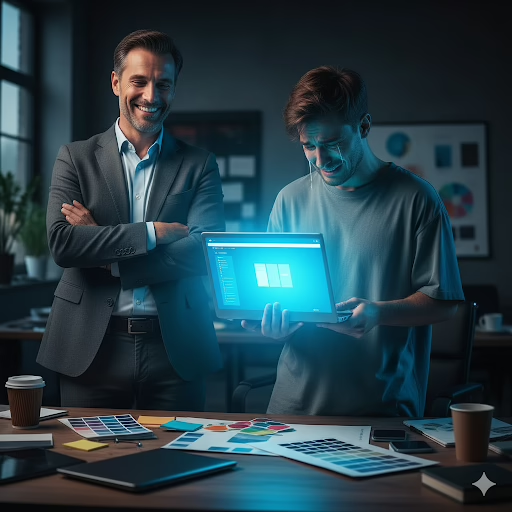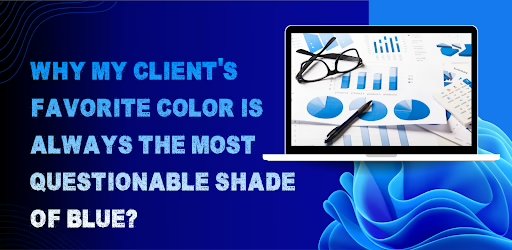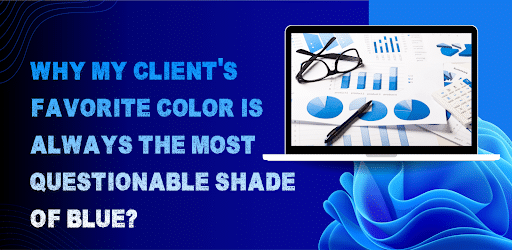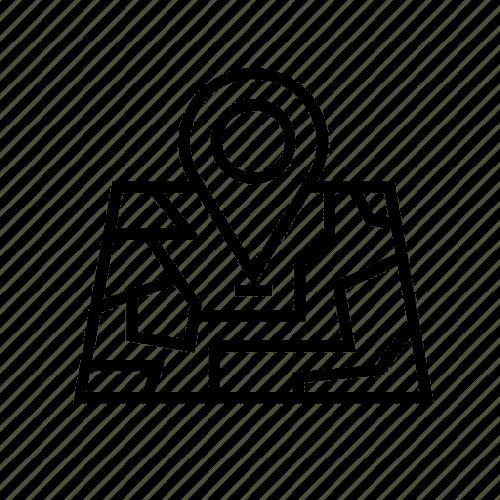Understanding the Colour Psychology of Blue in Design.
If you’ve ever worked as a designer, you already know how this story begins. You spend hours curating a modern, balanced color palette — and then comes the email.
“We really want to use our favorite blue. It’s classic, trustworthy, and makes us stand out.”
You open the attachment.
HEX: #0033CC.
And that’s when you know — your creative freedom is about to meet its biggest test.
But here’s the truth: it’s not just a random preference. The psychology of blue in design explains exactly why clients love blue so much. Blue feels safe. It feels reliable. It’s professional without being loud — and that’s why it shows up in almost every client brief.
1. Where the Blue Obsession Begins
Every project starts with excitement — fresh ideas, clean layouts, and a color palette you can’t wait to present. Then, the inevitable happens: “Can we make it blue?”
Clients love blue because it represents calmness, trust, and dependability. It reminds them of open skies and smooth waters — simple, stable, and universally appealing. Even when you suggest a modern twist — maybe coral or olive — they smile and say,
“We love that idea! But what if we try it… in blue?”
That’s the first lesson in the colour psychology of blue in design: people don’t just see color — they feel it.

2. The Endless Feedback Loop of Blue
Here’s how the design feedback cycle usually goes:
- Round 1: “We love it! Just make the blue brighter.”
- Round 2: “Can it be more vibrant?”
- Round 3: “It’s too vibrant. Can you tone it down?”
- Round 4: “My cousin is a designer — he says this blue doesn’t feel ‘techy’ enough.”
By Round 6, you’re speaking fluent hex code.
But this endless tweaking isn’t about indecision — it’s emotional. Clients are searching for their personal version of “trust.” And according to the psychology of blue in design, blue triggers feelings of safety and reliability, so they keep adjusting until it feels just right.

3. Why Blue Is the ‘Safe’ Color
Science backs it up — blue has a powerful emotional effect. Studies show that blue evokes calmness, confidence, and stability. That’s why top brands like Facebook, LinkedIn, and PayPal all use it.
So when clients say they want blue, what they’re really saying is:
“We want our audience to trust us.”
It’s a color that feels familiar and secure — two qualities every brand craves.
But here’s the catch: when everyone chooses blue, brands start to look alike. The digital world becomes one big ocean of “Corporate Safe Blue.” And that’s where the real design challenge begins.

4. Acceptance, or How I Learned to Love the Blue
Eventually, you give in. The final design is bright, bold, and aggressively blue. The client’s face lights up:
“It’s perfect! That’s exactly the blue we wanted!”
You smile politely, save your layered PSD for therapy, and move on to the next project.
Because in the end, design isn’t about personal taste — it’s about making the client happy… even if it blinds you a little.

Conclusion: The Zen of Client Blue
So why is every client’s favorite color the most questionable shade of blue? Because blue feels safe. It’s familiar, dependable, and easy to defend in a board meeting.
The psychology of blue in design shows that people see blue as a symbol of trust and reliability — which is why so many brands use it. For designers, it’s a reminder that not every idea needs to be debated. Sometimes, it’s okay to let the blue win and save your creativity for the next client who says,
“We want something fresh… maybe orange?”







